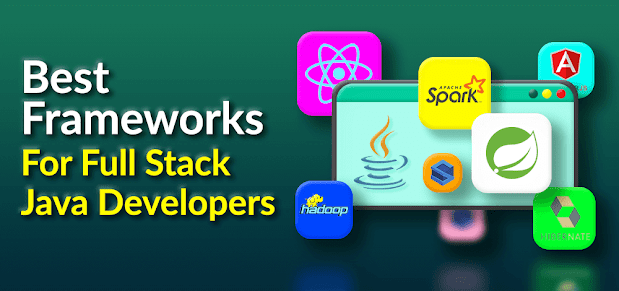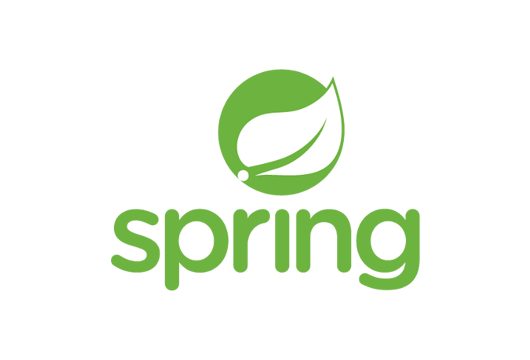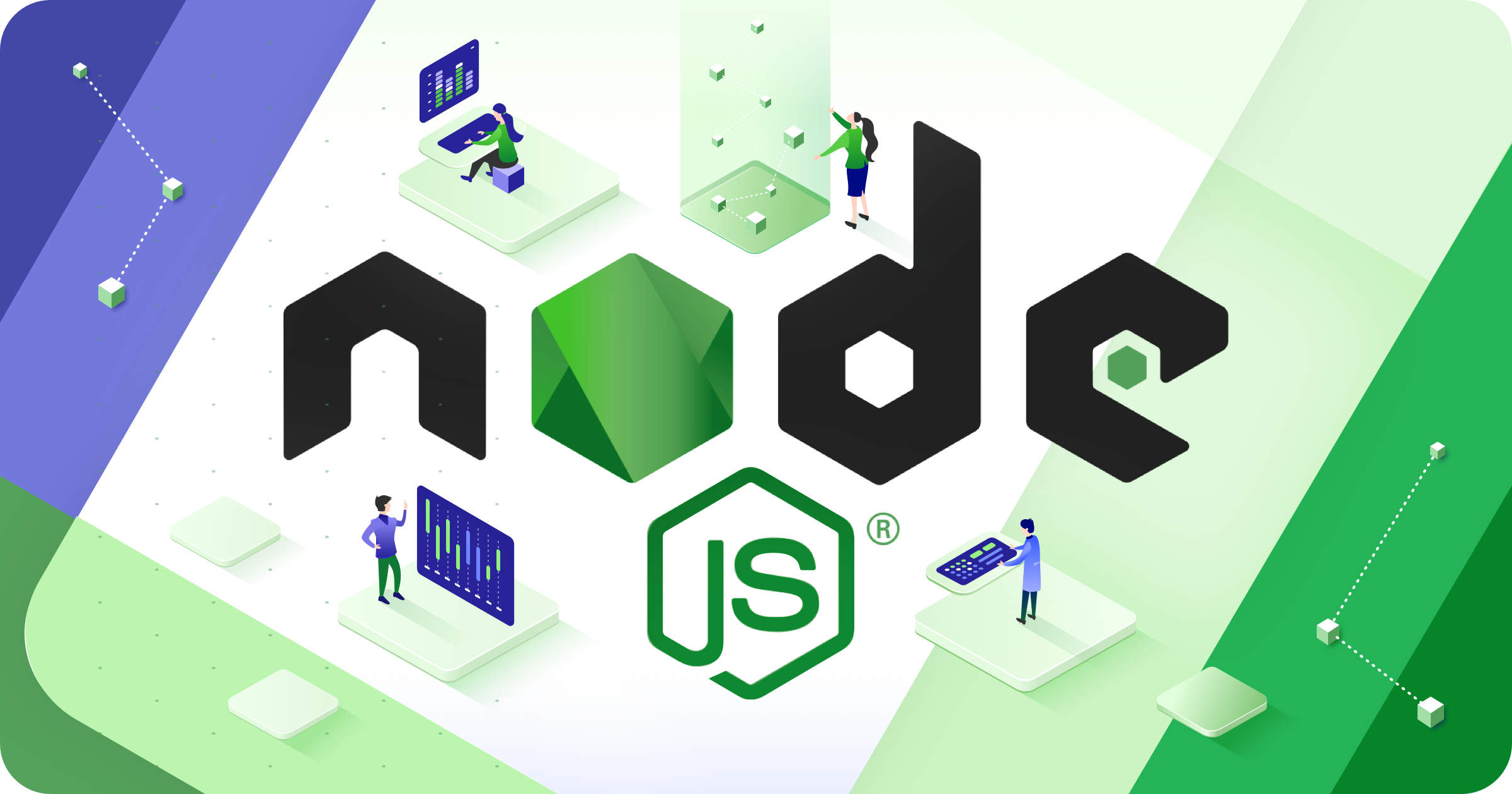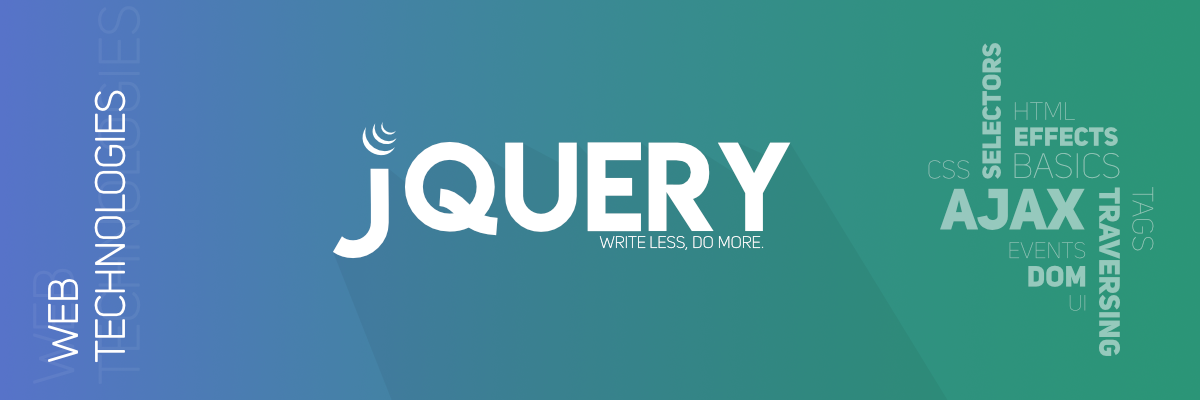Top 8 Frameworks for Full-Stack Developers
In this article, I will share probably the best and most well-known web advancement systems, which I figure a full-stack engineer ought to be acquainted with. I have included both front-end and back-end structures for your reference. Contingent on your experience, you can pick the connected arrangement of advancements to improve your profile.

01.REACTJS
1.ReactJS is the most popular front-end library for web developers.
2.ReactJS allow you to create a component based development model.
Advantages:
-Single Page Application
-Improve App Performance
-Used on client & server side
-Component and data patterns improve readability

02. SPRING BOOT
1.Spring Boot is an Open-Source java based framework used to create a micro service.
2.Spring Boot provides a good platform for java developers to develop a stand-alone and production-grade Spring application.
Advantages:
-Easy Deployment
-Simple Scalability
-Compatible with Containers
-Minimum Configurations
-Lesser Production time
03.ANGULAR
1.Angular is another popular JavaScript front-end that makes the development of complex front-end easier.
2.It extends HTML DOM with additional attributes and make it more responsive to user actions.
Advantages:
-Allow single page application
-Rich Internet Applications
-Provide Model View Controller
-Handle cross-browser compliant.
04.NODEJS
1.NodeJS is the most popular back-end framework for web developers.
2.NodeJS is an open-source, cross-platform run time environment for developing server-side and networking applications.
Advantages:
-Very Fast Execution.
-Single Threaded but Highly Scalable.
-No Buffering.
-Handle Data Intensive Real-Time Application.
05.DJANGO
1.Django is the best and the most popular Python framework for web development.
2.It's a full-stack framework and includes all the necessary features by default instead of offering them as separate library.
Advantages:
-Built in Framework.
-Support Large set of Database System.
-Multi-Language Support.
-Ready-to-use user Interface.
06.FLASK
1.Flask is a popular web application framework written in Python.
2.It's a micro framework because it doesn't need any other framework or library.
Advantages:
-Build a solid web application.
-Provide Jinja2 templating.
-Fast Debugger.
-Support unit testing.
-Secure cookies.
07.BOOTSTRAP
1.Bootstrap is one of the most popular CSS-Frameworks in 2020.
2.Bootstrap is Built with SASS, and that means Bootstrap is now supported both LESS and SASS.
Advantages:
-Powerful responsive design.
-Built-it libraries of resources.
-Ready to use components.
-Uses flexbox.
-Easy to learn.
08.JQUERY
1.JQuery is a fast and concise JavaScript library.
2.JQuery is a JavaScript toolkit which is designed to simplify various tasks by writing less code.
Advantages:
-Easy DOM manipulation.
-Support AJAX.
-Rich Animations.
-Cross Browser Support.
-Elegant Event handling.
That is probably the most valuable and well-known web improvement structure a full-stack computer programmer should know. As I have said, the present web improvement world is extremely requesting, and you can't make due by knowing HTML, CSS, and JavaScript.
You should know these new devices and systems to turn into the advanced full-stack Software engineer everybody is searching for.
However, you don't have to get familiar with these web improvement systems. You can pick one from the front-end and one from the back-end at any rate, contingent upon your programming language of decision.
As always, if you find this article useful please consider sharing it on Facebook and Twitter.
Read More Article :






